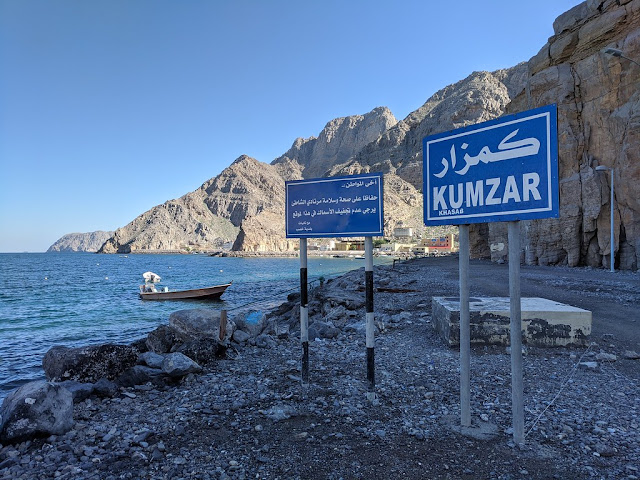Bedouin tents with Arabian
tapestries, sushi dinners and luxury showers is this the most luxurious desert
camp in the world. A company in Oman has introduced an idea of heading deep
into the desert to camp under the stars has been given the ultimate upgrade.
Stop sleeping in cramped tents and eating food cooked on a gas stove. It is
located about 5 hours south of Muscat, tourists often reach the spectacular
remote area, where guests can explore sand dunes, meet local fisherman, and
spend time with the flamingo’s native to the area.
Therefore several tourists have
visit the far-flung Arabian Peninsula just to experience the capital city of
Muscat, offering an opportunity to sample a taste of rural Oman without
sacrificing any of life's little luxuries. There’s an options available to
customize an already developed itinerary or design a completely bespoke holiday
from start to finish, guides will tailor the days and nights of your safari
precisely to match your interests. The Travelling Company name “Hud Hud” offers
an adventure through northern Oman like no other, no matter if you like to shop
in the souks, swim in a water filled ravine, (Called “Wadi”) or like to visit
an ancient village. The suggested schedule is five to seven days including one
night stay in the Wahiba Desert and one in Hajar Mountains.
The Hud Hud spokeman said, we
really love to develop very distinct itineraries that add in different modes of
transport and different activities, as all of the camps are entirely private
and mobile, and we can camp almost anywhere in Oman, literally making the
entire country your playground. In past Hud Hud has organized so many different
events, such as a village-wide Arabian horse show only for two guests and even
a catered sushi dinner in the middle of the desert.
Moreover in the Wahiba Sands,
visitors will sleep in reliable, handmade Bedouin tents complete with large
beds and real mattresses, cotton bedding, Arabian rugs and throws and
sophisticated furnishings. Nevertheless, there’s no electric light as we
emphasis on preserving the natural atmosphere using only candles, oil lamps and
fires. Once enjoys the desert, the tourists can also take day trips within the
Sharqiya Region and experience traditional villages, old forts, castles and
tombs, 'wadis' and canyons in the area for swimming, but the real attraction is
the region's famous camel racing.
There’re all kind of activities
and interest. The camps are set up at 1,000 m, with complete privacy and fabulous
views of Oman's highest peak “Jebel Shams”. The camp is also within tranquil
reach of both Nizwa and Bahla, close to one of Oman's greatest off road drives,
including accessible to date plantations and Nizwa's renowned souk. For those
who love ocean can opt for a longer stay to experience the sandy beauty of
Khalouf Beach and take dip in the Indian Ocean. Rates are very much depending
on group size, duration, and location. Please find out more detail at
HudHudTravels.com





























































